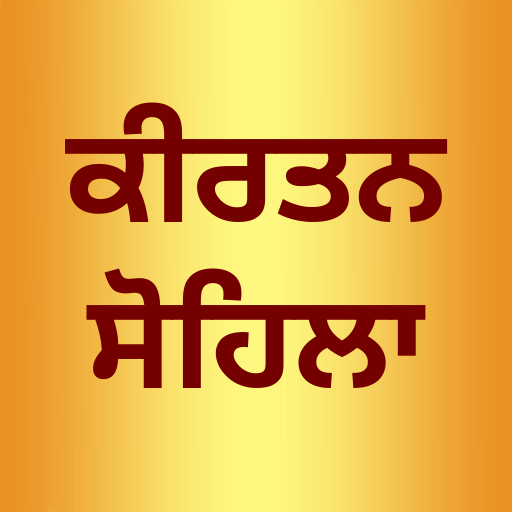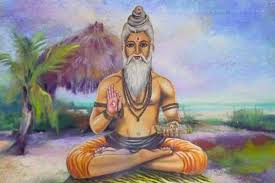BHIKHAN (1480-1573), a medieval Indian saint two of whose hymns are included in the Guru Granth Sahib. There are in fact two saints of that time sharing the same name Bhakta Bhikhan and Bhikhan the Sufi. Bhakta Bhikhan was a devotee in the tradition of Ravidas and Dhanna. His hymns in the Guru Granth Sahib reflect his dedication to the Name of Hari (God) which he describes as "cure for all ills of the world."
CHUHAR, BHAI, Bhai Sam. Bhai Lala, all Sethi Khatris, and Bhai Nihalu were good musicians and had facility in expounding the holy hymns. Whenever they sang, discussed or discoursed on the sacred hymns, the sangat, records Bhai Mani Singh in his Sikhari di Bhagat Mala, felt deeply impressed. Guru Arjan appreciated their talent, too, and once spoke to them, "Good deeds are necessary along with a sweet voice.












